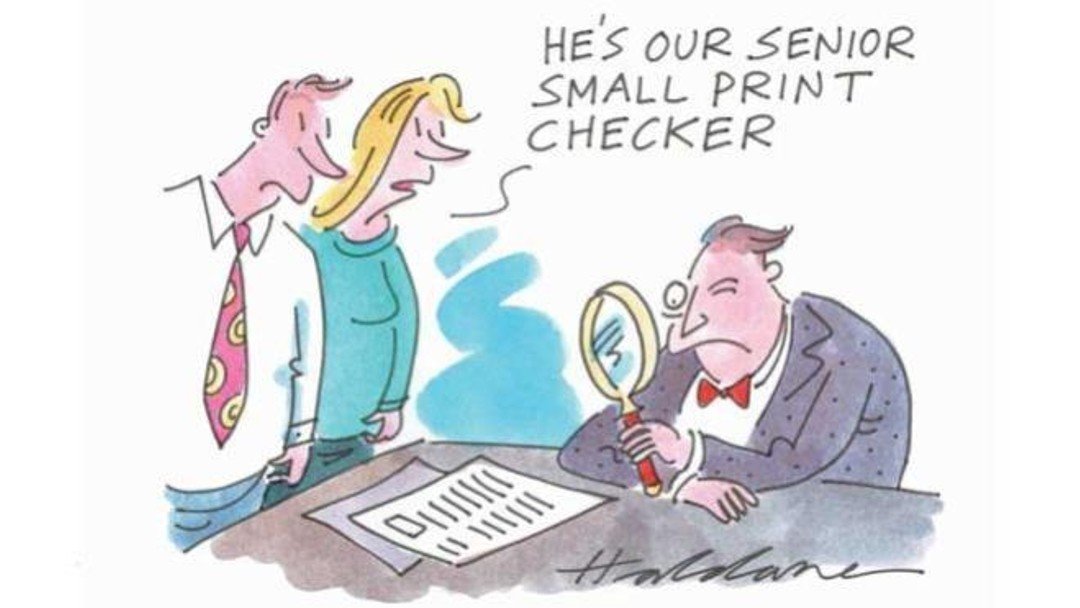Crown copyright

By Denzil Lush
Denzil Lush recalls a nifty trick for catching out fraudulent applications for powers of attorney
Kirsteen was born in Yorkshire in 1940. She was a physical education teacher and, as she grew older and less agile, switched to teaching religious studies. In 1970, when she was on an exchange programme in Buenos Aires, she had a fling with an Argentinian man. As a result, she bore a son called Alistair whom she brought up as a single parent.
In October 2002, on a coach trip to Florence and Rome, she met Carl who was a retired mechanical engineer from Surrey. Romance blossomed and six months later they became engaged. Kirsteen later suffered a stroke, and in January 2006 her son Alistair and her brother Donald applied to the Court of Protection to be appointed as her receivers under the Mental Health Act 1983.
Carl opposed the application on the ground that there was no need to appoint receivers. He said Kirsteen had executed an enduring power of attorney (EPA) appointing him to be her sole attorney.
She had also made a living will nominating him to be her healthcare proxy. Both documents were dated 14 August 2003 and her signature had been witnessed by his neighbour, Sylvia (who had, surprisingly, spelt her name ‘Silvia’). Accordingly, the receivership application was stood over pending an application to register the EPA.
Carl applied to register the EPA. However, Alistair and Donald objected to its registration on the grounds that:
- The power was not valid.
- Fraud or undue pressure was used to induce Kirsteen to create it.
- Having regard to all the circumstances, Carl was unsuitable to be her attorney.
They really didn’t like the guy and were convinced he was up to no good. There was a hearing before me on 12 September 2006 which was attended by Kirsteen, Carl, Donald, and Alistair. The onus of proof was on Alistair and Donald as the objectors and, frankly, they were finding it an uphill struggle to discharge that heavy burden.
Then, completely out of the blue, Alistair had a eureka moment and cried out: “Look at the dates.” In very small print, at the bottom of the front page of the EPA, were the words: © Crown Copyright. Published by the Public Guardianship Office. Printed October 2003.
And the following statement appeared at the end of the Living Will: © 2005 Lawpack Publishing Limited.
On the day when each form was supposed to have been signed and witnessed (14 August 2003), neither form had in fact been printed. Both documents were patently fraudulent. I revoked the EPA and appointed Alistair and Donald to be Kirsteen’s receivers.
After this, the first thing I looked for in EPA cases was the date when the form was printed and the date on which it was signed.
Unfortunately, the civil servants in the EPA team at the Public Guardianship Office (PGO) weren’t always as thorough as they should have been. On 27 April 2007, it registered an EPA purported to have been executed on 26 January 2003 by a Mrs Dyson in favour of her son, despite the small print at the bottom of the form stating © Crown Copyright 2005. Printed September 2005.
This was drawn to the attention of the court and the PGO a month later by solicitors acting for Mrs Dyson’s daughter. Her brother had deliberately not given them notice of his intention to apply for registration of the EPA. I immediately made an order cancelling the registration of the instrument. The attorney went ballistic and lodged an official complaint, but there was simply no case to answer.
